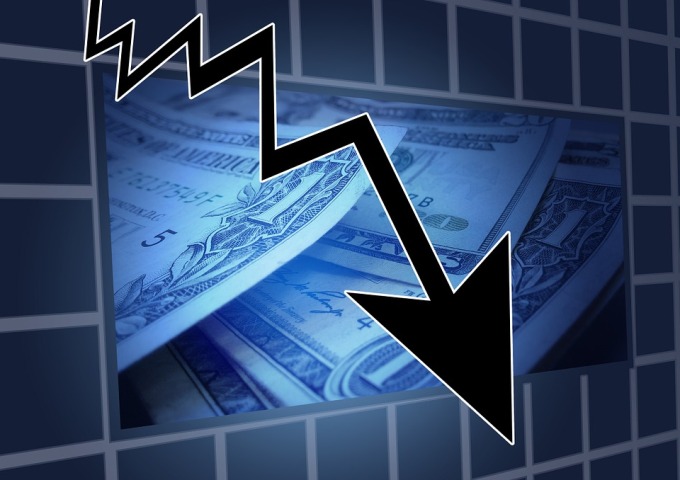Risk management critical to address economic uncertainity in LAC region
The LAC region is now expected to grow 0.6% in 2018 and 1.6% in 2019 (Excluding Venezuela, that would be 1.6% in 2018 and 2.1% in 2019).

The economies of Latin America and the Caribbean (LAC) are growing again after a number of difficult years, but the fragile recovery highlights the need to increase efforts to build resilience and manage risks.
In its latest regional semiannual report, “From Known Unknowns to Black Swans: How to Manage Risk in Latin America and the Caribbean,” the World Bank’s Chief Economist Office for Latin America and the Caribbean finds that the growth prospects for 2018 are falling short of initial expectations due to challenges faced by some of the countries in our region, particularly in South America.
“We’ve hit a bump in the road to recovery,” said Carlos Vegh, World Bank Chief Economist for Latin America and the Caribbean. “This makes it all the more important to better understand and manage risks and other shocks, from financial turbulence to natural disasters.”
The LAC region is now expected to grow 0.6% in 2018 and 1.6% in 2019 (Excluding Venezuela, that would be 1.6% in 2018 and 2.1% in 2019). South America is expected to contract 0.1% in 2018 and grow 1.2% in 2019 (Excluding Venezuela that would be 1.2% growth in 2018 and 1.9% growth in 2019).
The main reasons for the weaker growth in South America are the market turbulence that started in Argentina in April, the growth slowdown in Brazil, the continued deterioration of the situation in Venezuela, and a turn for the worse in the external environment. In contrast, Central America is expected to grow 2.8% in 2018 and 3.2% in 2019, the Caribbean 3.7% in 2018 and 3.5% in 2019, and Mexico 2.3% in both years.
External factors that remain relatively benign for the region include robust growth in the United States, slowing but still strong growth in China, and a recovery in commodity prices. Nevertheless, challenges persist, such as the normalization of monetary policy in the United States with higher interest rates that have contributed to a drastic fall in net capital inflows to the region, a strengthening of the dollar, a fall in most major emerging markets’ currencies, and trade tensions.
In addition, Latin America and the Caribbean is extremely exposed and vulnerable to many natural disasters, such as earthquakes, floods that can ravage entire regions and hurricanes that devastate Caribbean states. In terms of human losses and economic damage, the region is among the most vulnerable on the globe due to high population density in the areas where these disasters strike and the need for better risk management practices.
“Given existing economic uncertainties, it is more important than ever to build resilience to face the future with greater assurance,” said Jorge Familiar, World Bank Vice President for Latin America and the Caribbean. “This is particularly relevant in this region due to its exposure to risk.”
An example is the Pacific Alliance catastrophe bonds for earthquakes, which would have been unthinkable not long ago. In addition, risk sharing across countries through mechanisms such as the Caribbean Catastrophe Risk Insurance Facility (CCRIF) can provide readily-available funds for the recovery after a member country suffers a hurricane. The World Bank supported the development of both.
However, unforeseen shocks like the 2008 Global Financial Crisis are impossible to predict and cannot be insured. Recovery from “black swans” like this is dependent on aid after the fact, but steps can be taken before they strike. Strengthening institutions and markets can help countries recover more quickly.
To prepare for an uncertain future, it is particularly important for the region to understand the different types of risk and what insurance mechanisms may be available. As more progress is made in this area, countries in Latin America and the Caribbean will be able to insure against many more risks, making LAC a much safer place to live and prosper.
ALSO READ
Treasury secretary heads to China to talk trade, anti-money laundering and Chinese 'overproduction'
Treasury secretary heads to China to talk trade, anti-money laundering and Chinese ''overproduction''
Scrut Automation raises $10 Million in growth capital from Lightspeed, MassMutual Ventures and Endiya Partners
Renewables growth still lags climate targets, think tank says
Energy trade volume grows nearly 14 pc to hit all-time hight of 110 billion units in FY24: IEX










